Selected Plants of Navajo Rangelands
Milkweed
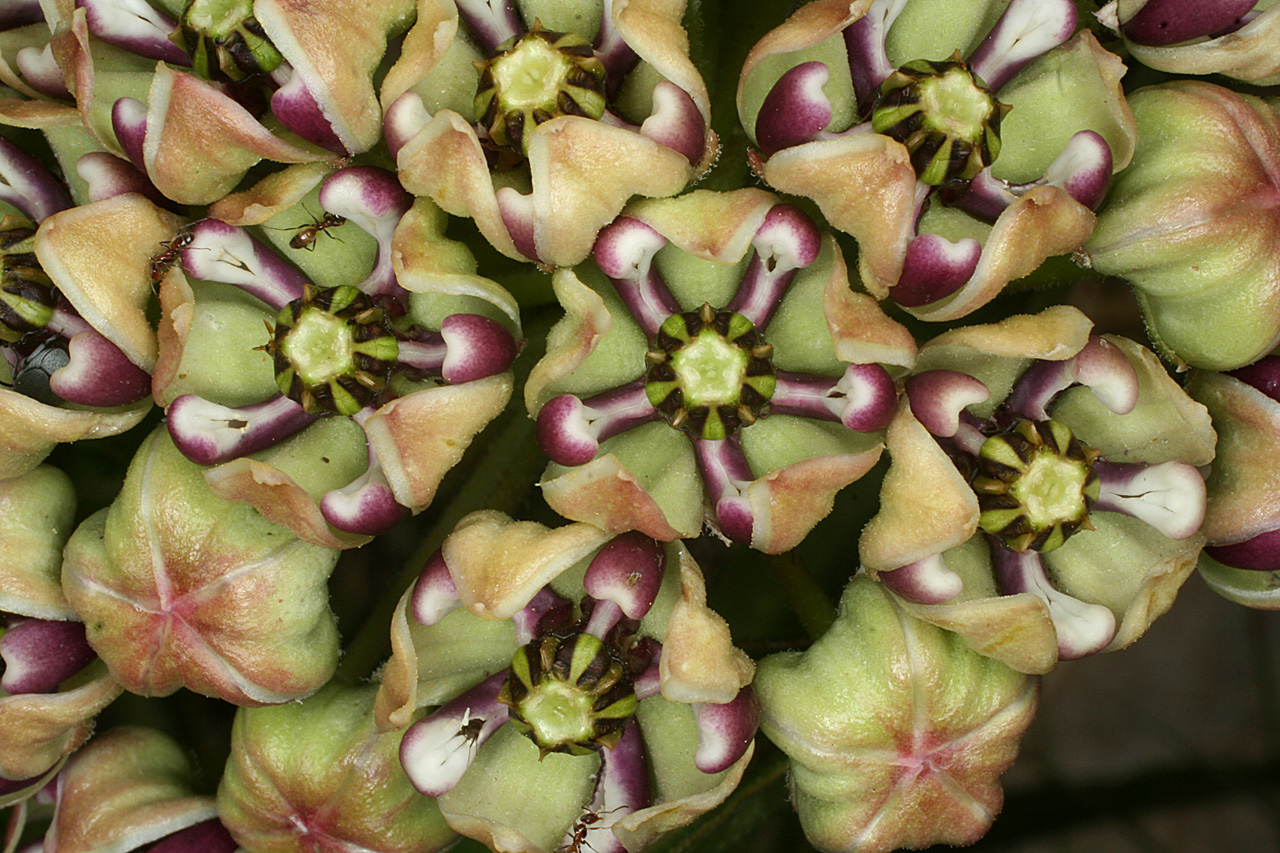
Milkweed is an important forage plant for Monarch butterflies and bees. Numerous milkweeds grow in the southwest United States. Some are native, and others are introduced. The stems and leaves produce a milky sap when broken. The plants grow to heights of about 1 to 3 feet. Their most distinctive feature is the form of the flowers, which are almost orchidlike. After flowering, the plants form a pod filled with white fibers and brown seeds.
Species found in Navajo rangelands include antelopehorn (Asclepias asperula) and broadleaf milkweed (Asclepias latifolia).
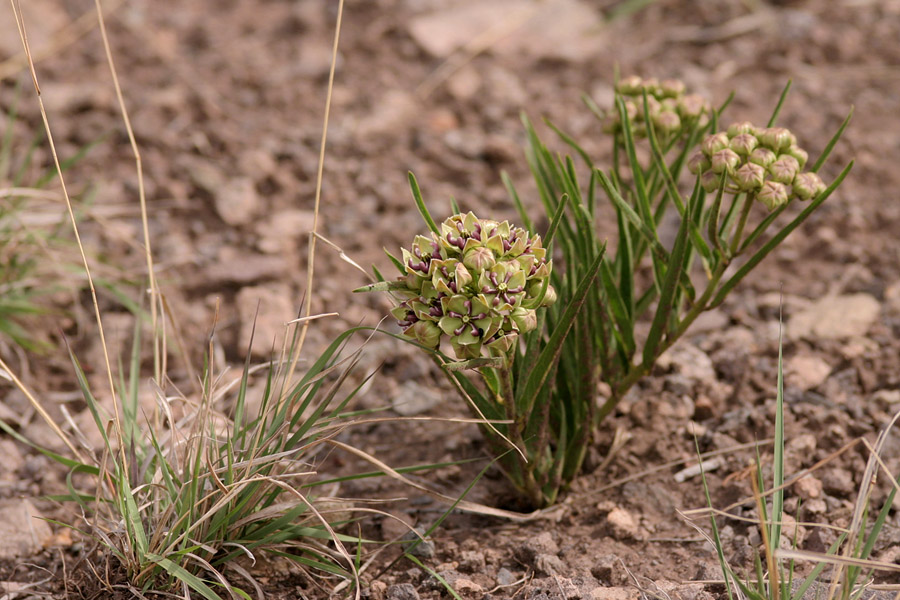

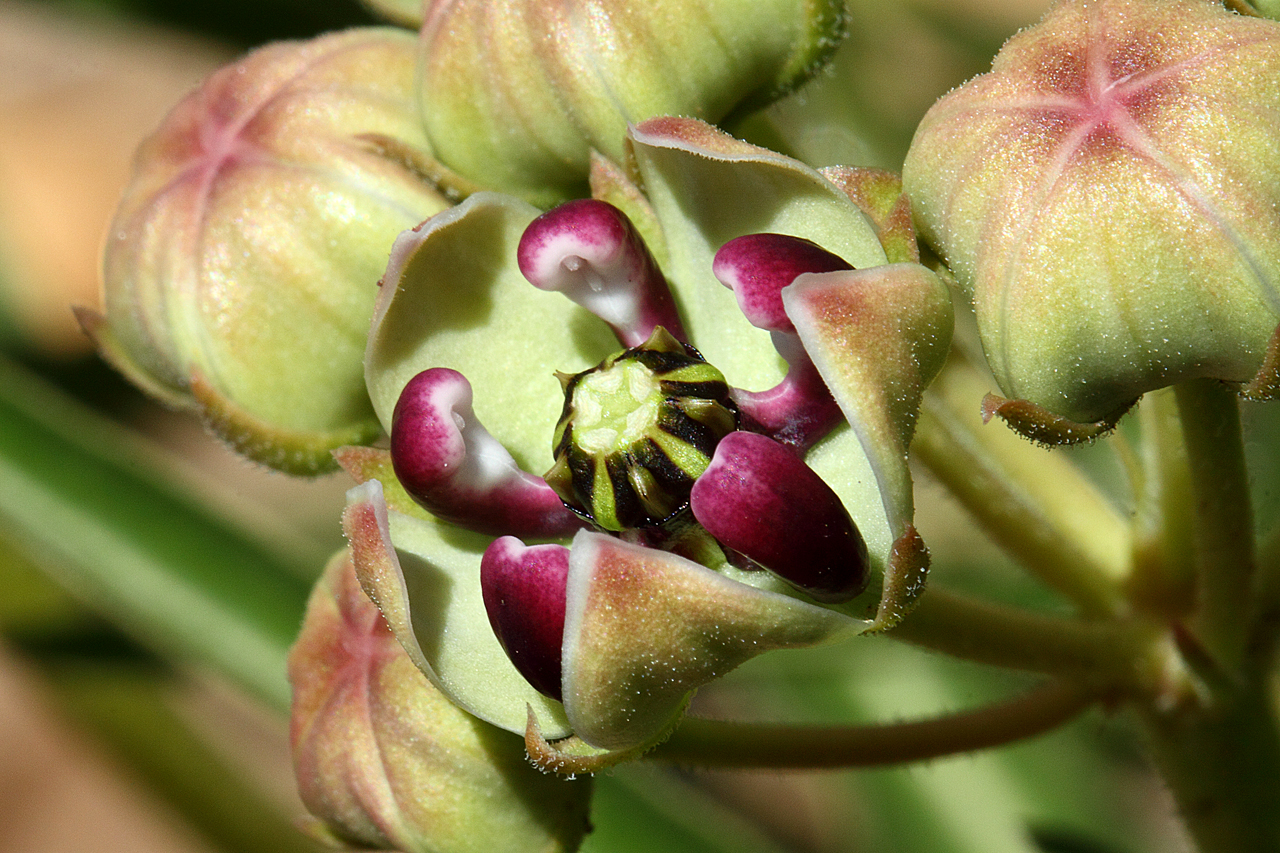
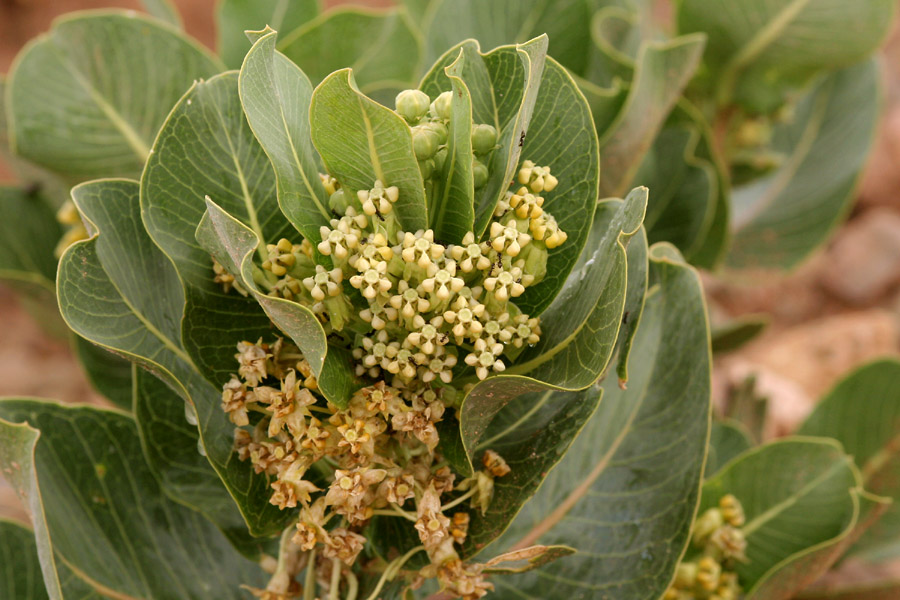
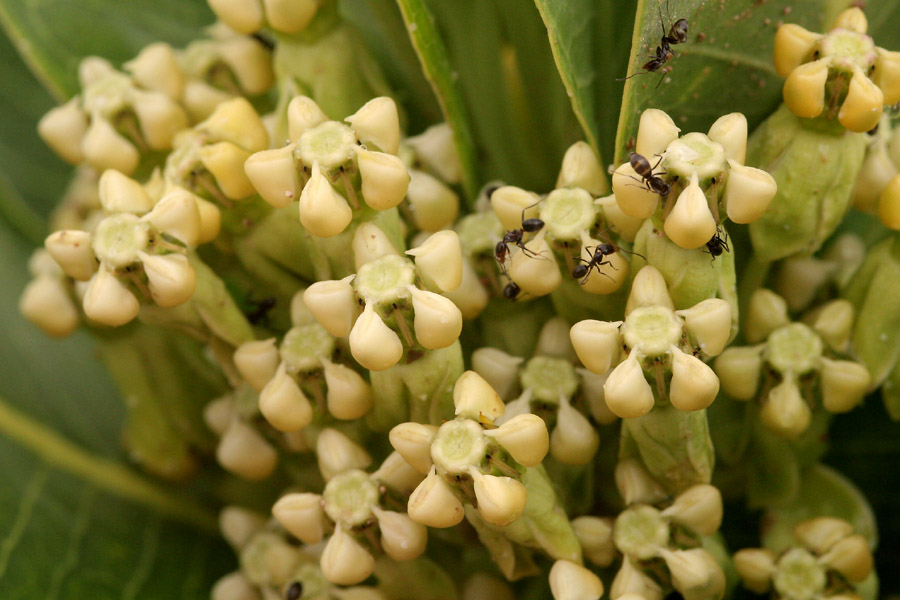
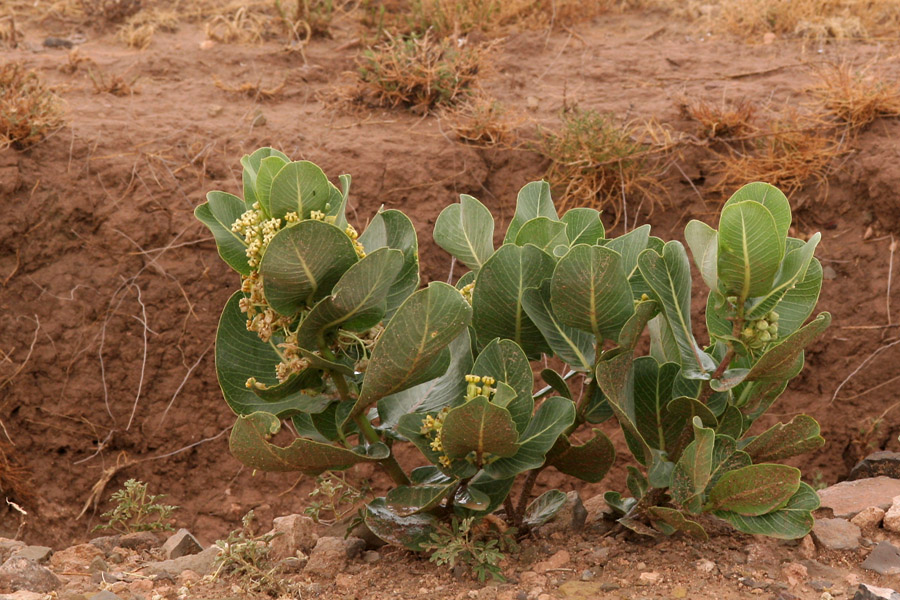
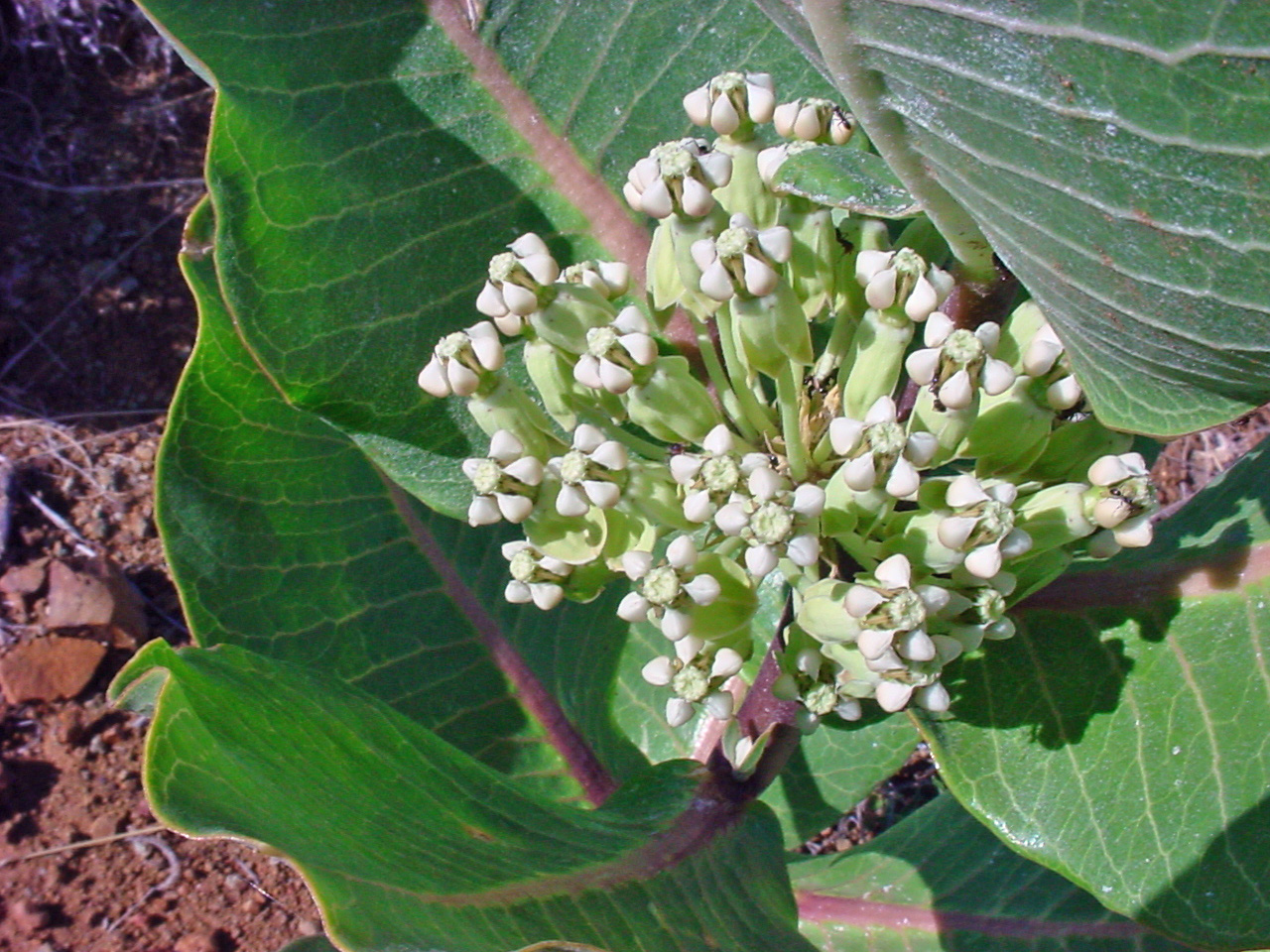
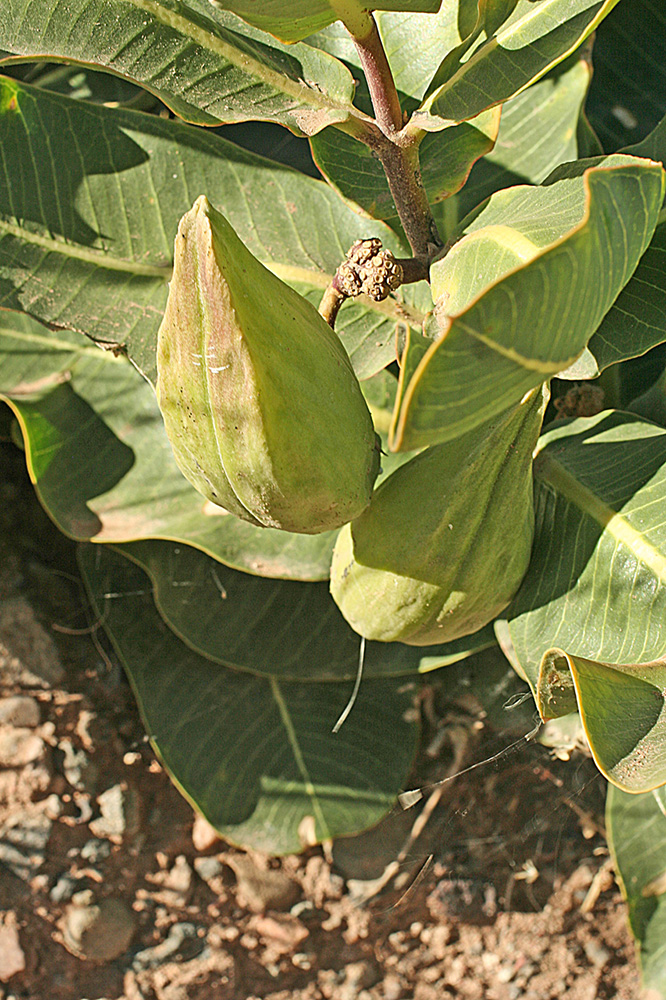
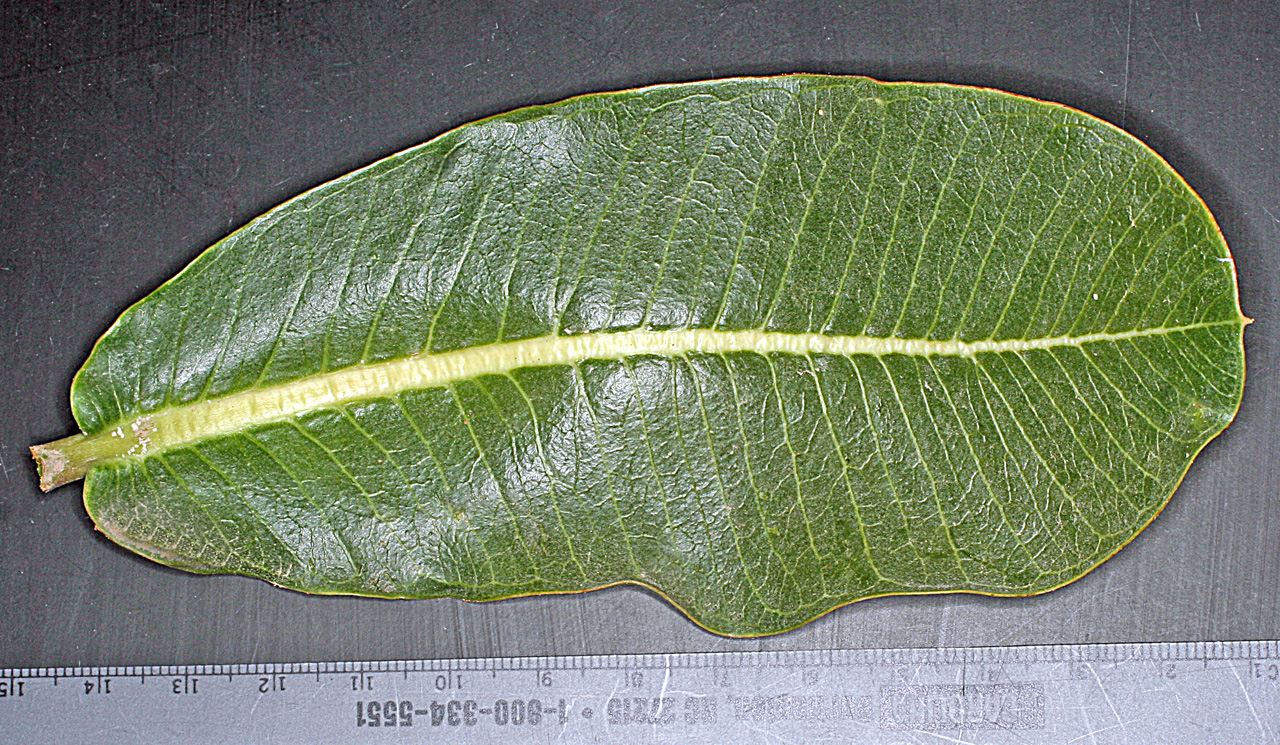
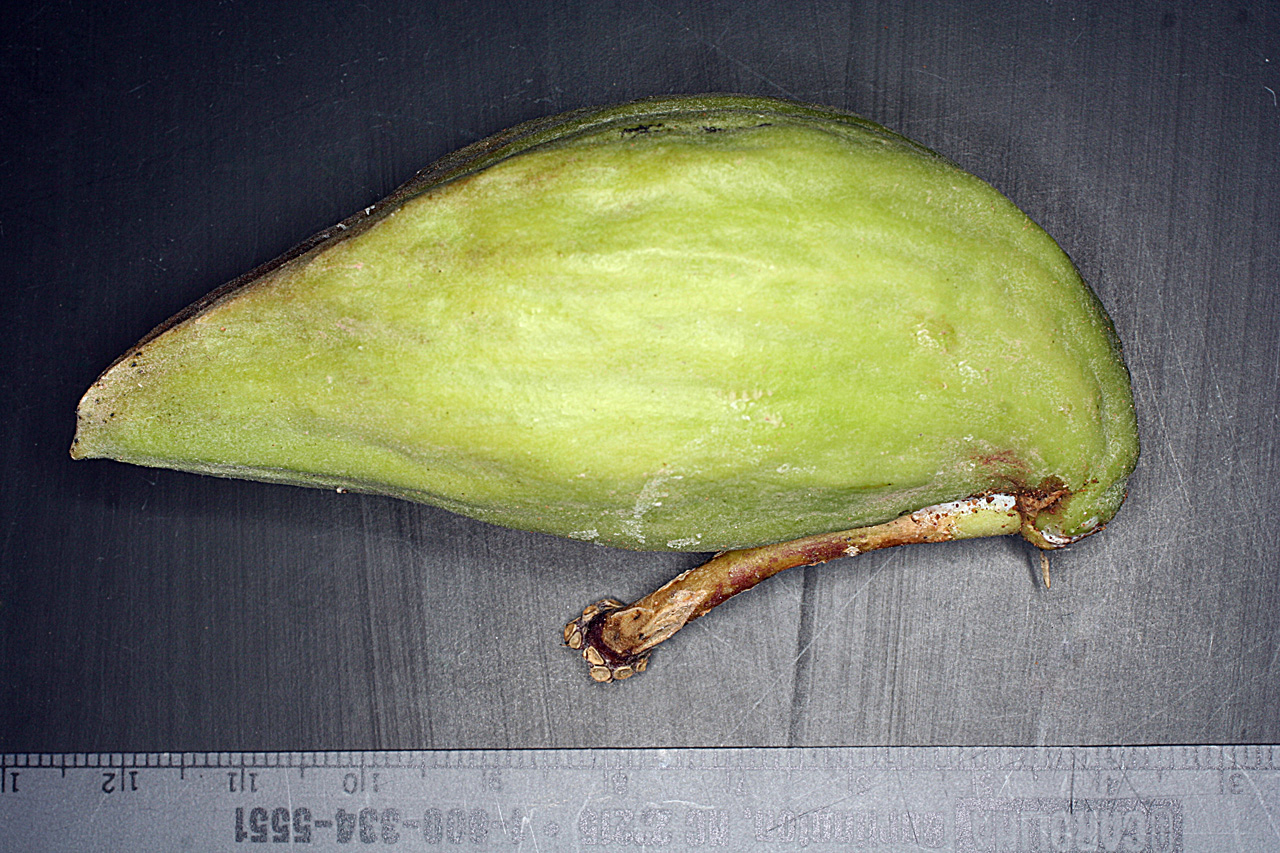
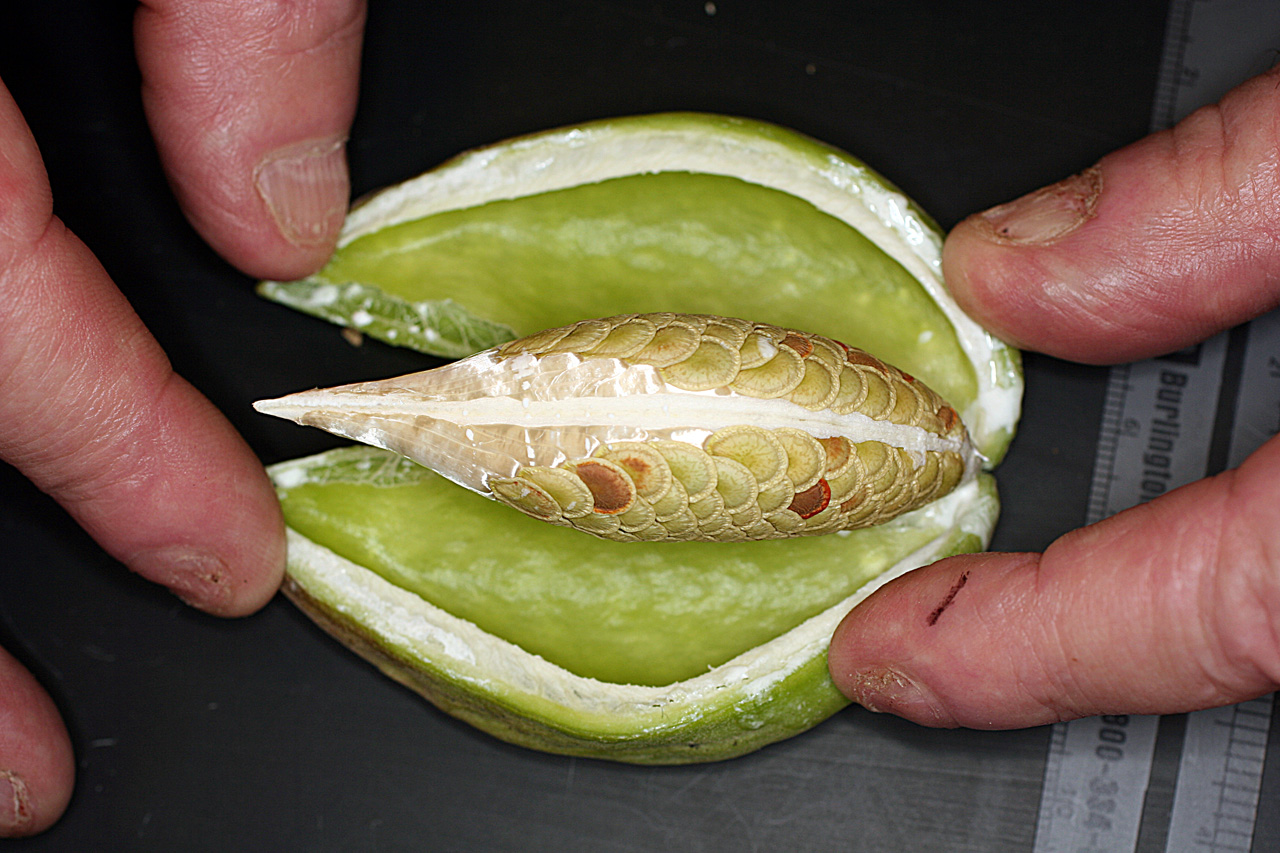
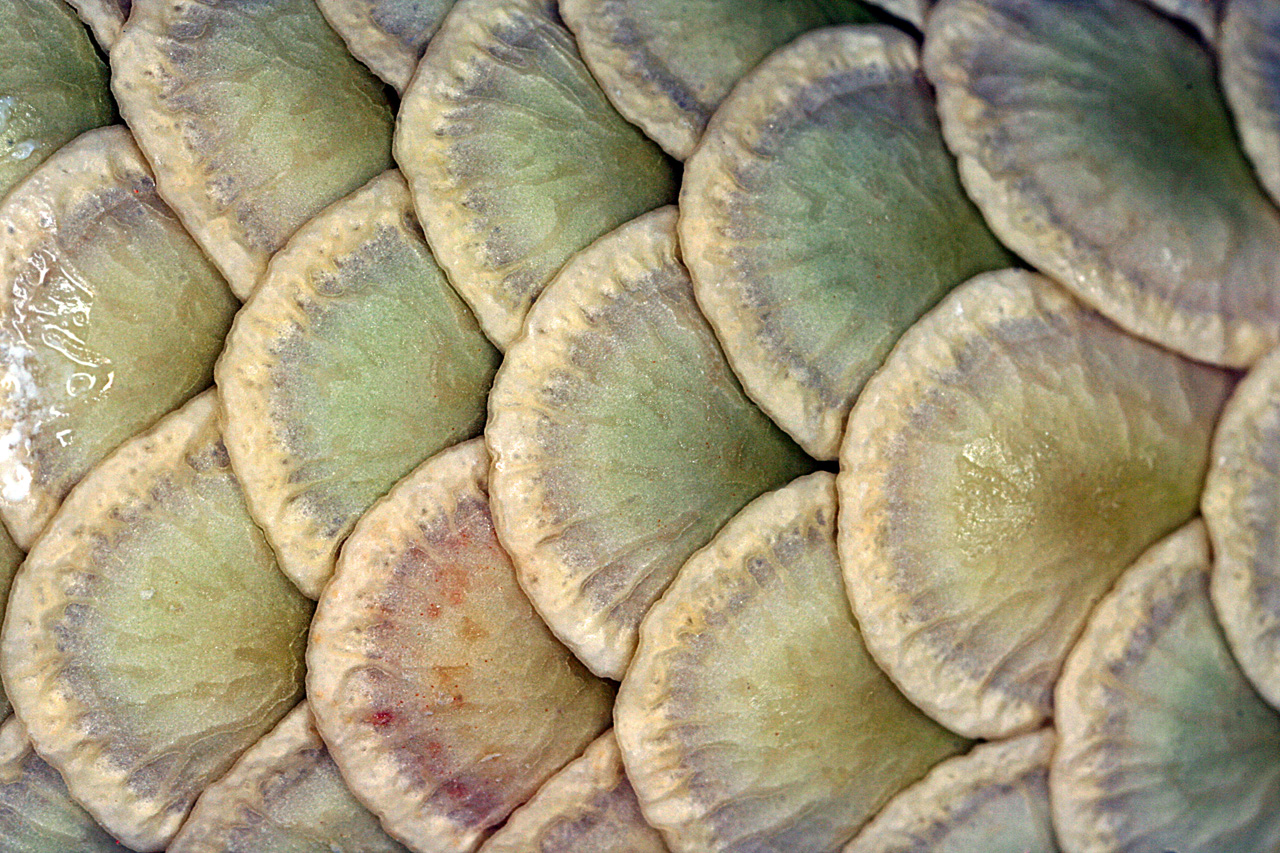
©2018 NMSU Board of Regents.
Individual photographers retain all rights to their images.
Partially funded by the
Western Sustainable
Agriculture Research and Education Program
(westernsare.org; 435.797.2257),
project EW15-023.
Programs and projects supported by Western SARE are
equally open to all people.